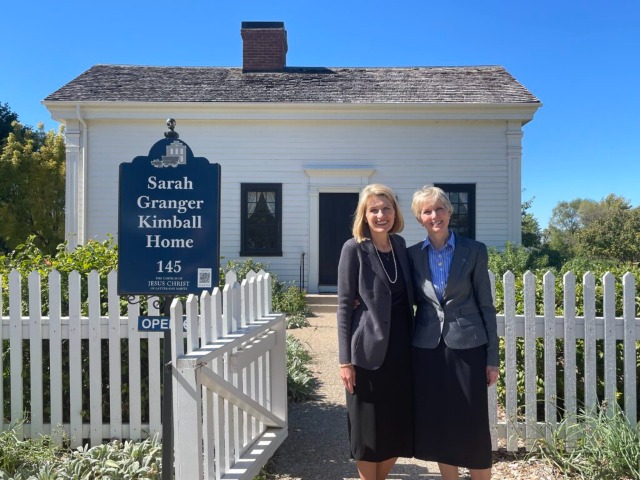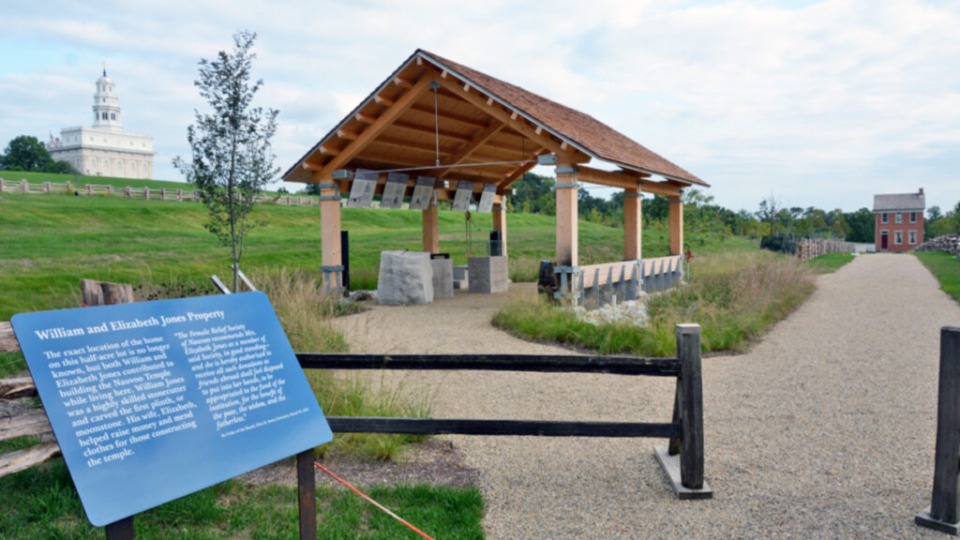
This story appears here courtesy of TheChurchNews.com. It is not for use by other media.
By Christine Rappleye, Church News
It was on a bend in the Mississippi River with a bluff that overlooked the river where early leaders of The Church of Jesus Christ of Latter-day Saints decided to build their new gathering place in the summer of 1838.
Church members had left Ohio and Missouri and took refuge in communities along the Mississippi River, including Quincy, Illinois, and in the Iowa Territory. The area on maps was known as Commerce. Church leaders changed the name of the area to Nauvoo.
Of the 135 sections in the current edition of the Doctrine and Covenants that were written during Joseph Smith’s lifetime, nine of them date from the five years he lived in Nauvoo.
It was in Nauvoo, Illinois, that baptism for the dead was introduced and refined, and the endowment was administered, first in the Red Brick Store and later in the unfinished Nauvoo Temple. Also, the Relief Society was organized in the Red Brick Store in 1842.
Members of the Church left Nauvoo in 1846.
Baptism for the Dead and the Nauvoo Temple
During the funeral for Seymour Brunson on August 15, 1840, Joseph Smith cited 1 Corinthians 15 and revealed that the Lord would allow the Saints to be baptized by proxy for their deceased ancestors. These first baptisms were done in the Mississippi River
Doctrine and Covenants 124, received in January 1841, includes the commandment for the Saints to build a temple with a baptismal font (see vs. 29-31).
More directions for baptism for the dead, including witness and record keeping, were received in Doctrine and Covenants 127 and 128.
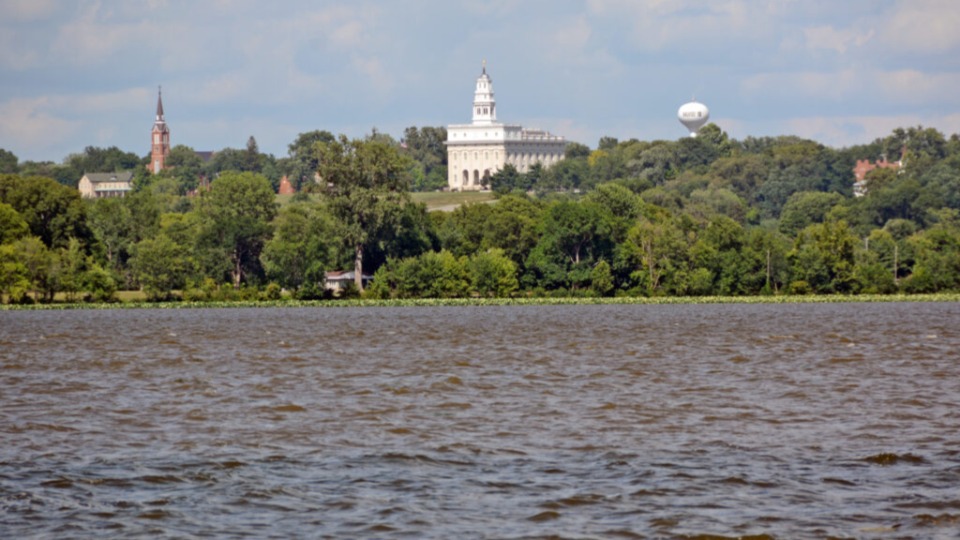
It was during this time that Joseph Smith was accused in connection with an assassination attempt against former Missouri Gov. Lilburn W. Boggs, and Joseph was in and out of hiding to avoid arrest from Missouri and Illinois officials.
He was hiding at the Edward and Ann Hunter home when he wrote the letters in sections 127 and 128.
The Hunter home is next to the West Grove, an outdoor meeting grove that is being regrown. The Hunter home has been rebuilt as part of the Temple District of Nauvoo. From the home’s windows, Joseph would have been able to see the construction of the Nauvoo Temple.
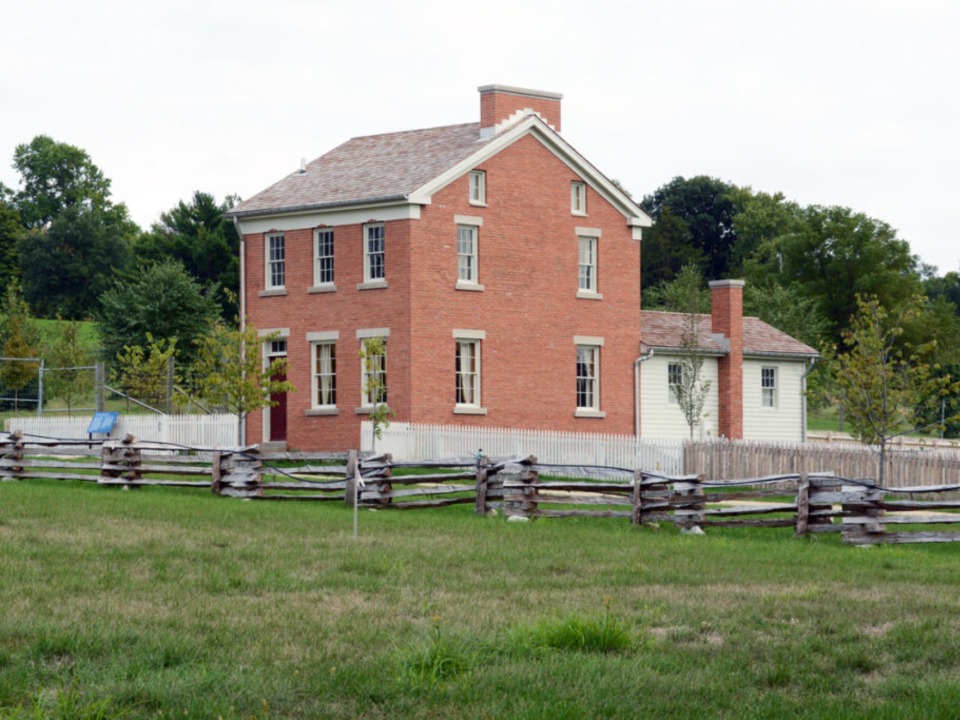
In addition to instructions on baptisms for the dead, he also offered encouragement: “Shall we not go on in so great a cause? Go forward and not backward. Courage, brethren; and on, on to the victory! Let your hearts rejoice, and be exceedingly glad” (Doctrine and Covenants 128:22).
Doctrine and Covenants 127 and 128 were canonized in 1844.
The Nauvoo Temple’s baptismal font in the building’s basement was dedicated in November 1841 and used before the temple was completed.
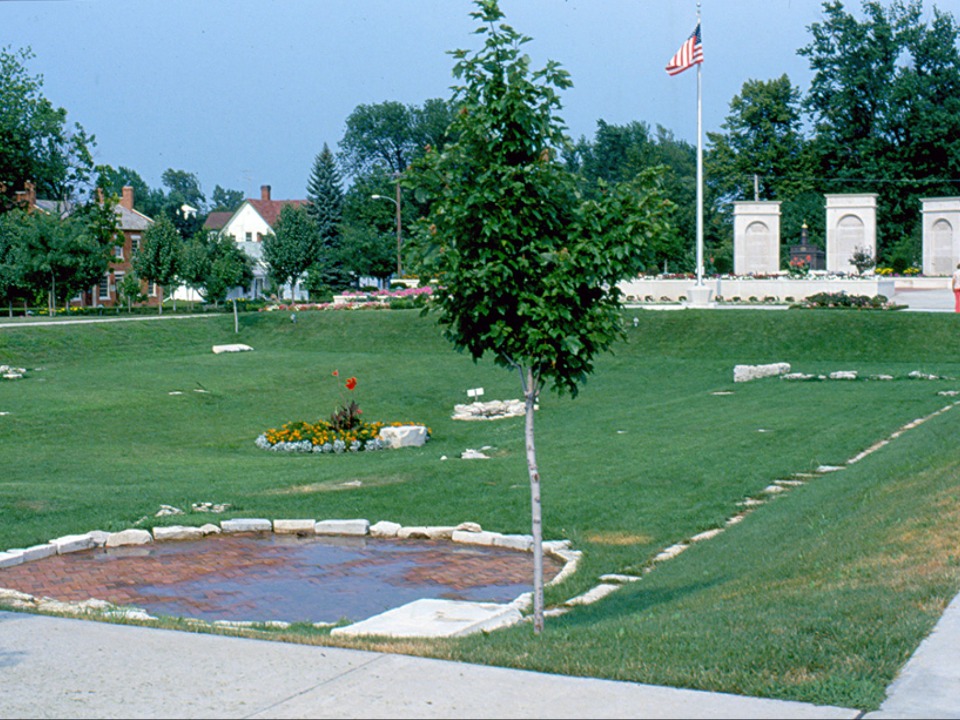
The temple’s attic was completed in November 1845 and dedicated and used for administering the endowment. Nearly 6,000 Latter-day Saints received their endowments before moving west. The temple was dedicated in the spring of 1846.
Fire in 1848 and a tornado in 1850 destroyed the temple, and only the west face was standing. In the 1930s, the Church began to acquire the property on the temple block. In April 1999, President Gordon B. Hinckley announced the temple would be rebuilt. It was reconstructed and dedicated in 2002.
Nauvoo House
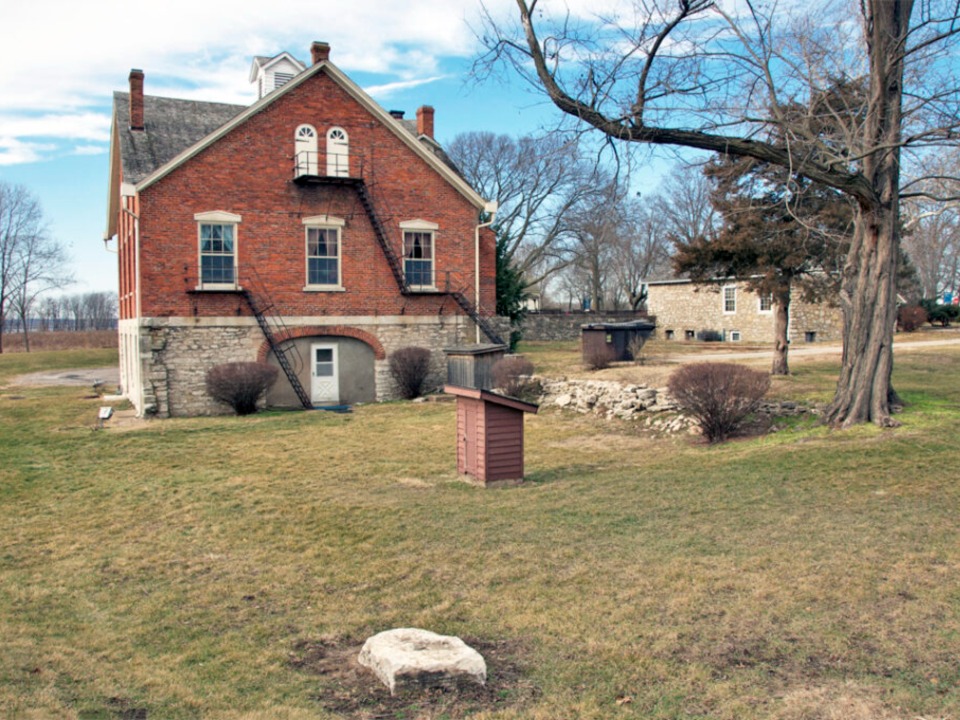
In Doctrine and Covenants 124, the Saints were commanded to build the temple and also a house for a “resting-place for the weary traveler” (vs. 60).
The Nauvoo House was funded through selling stocks, as noted in Doctrine and Covenants 124. Joseph put the original Book of Mormon manuscript in the cornerstone in October 1841. It was there for 40 years.
Original plans were for a large L-shaped building, but work was halted after a few years as resources were needed to complete the Nauvoo Temple. Joseph and his brother Hyrum Smith were temporarily buried in the basement of the unfinished building.
Joseph’s wife Emma Smith, who owned the Nauvoo House, and her second husband, Lewis Bidamon, eventually finished what was built. It was a boarding house called the Riverside Mansion, and Emma lived in the home during the last years of her life, according to cofchrist.org/tour-nauvoo.
Brigham and Mary Ann Young Home
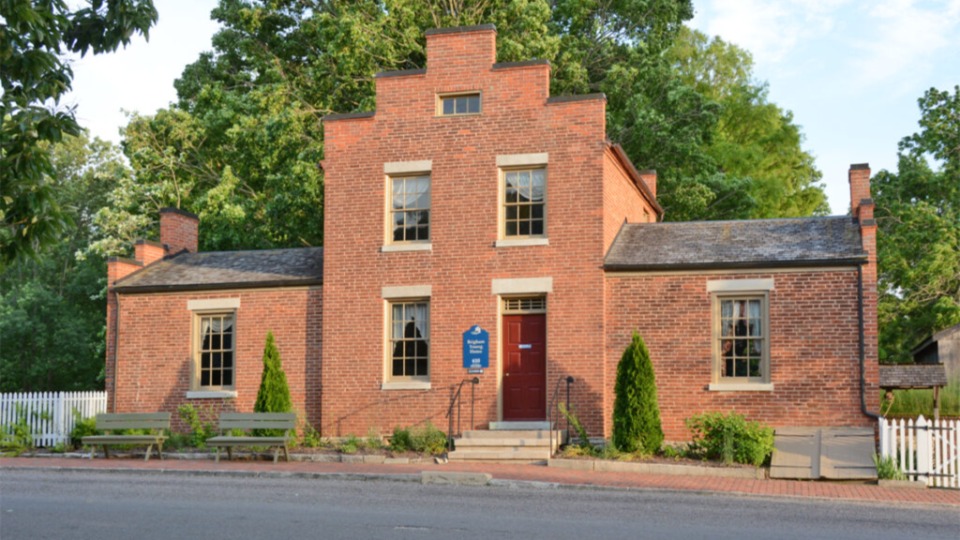
Doctrine and Covenants 126 was given to Joseph Smith in the home of Brigham Young, who was President of the Quorum of the Twelve Apostles.
Mary Ann Young moved into an unfinished cabin while Brigham Young was away serving a mission in the British Isles, according to nauvoohistoricsites.org.
The brick home was finished in 1843, and a room known as the “Council Room” was the site of meetings, including those with other Apostles, new converts and returning missionaries.
During the renovation of the home in the 1970s, the original fireplace was uncovered.
Restoration Work Begins
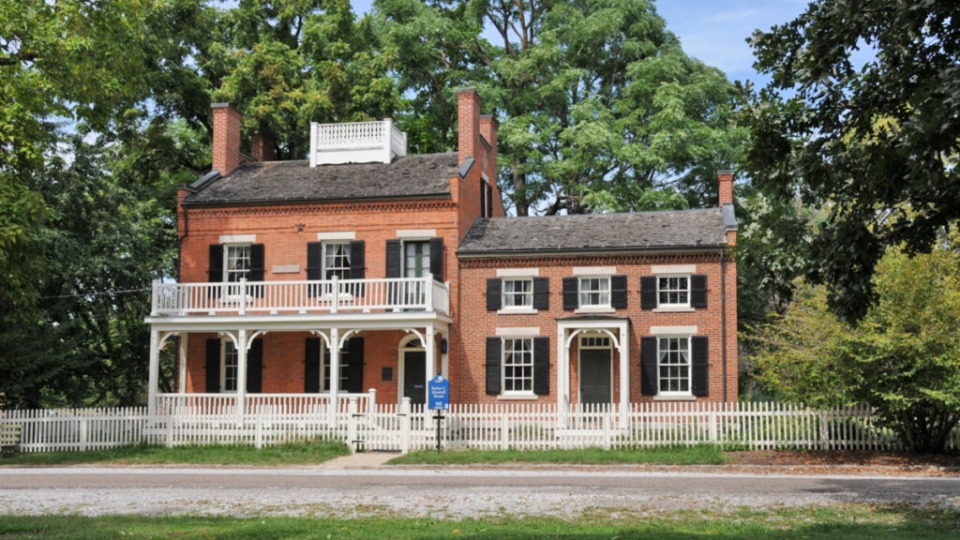
J. LeRoy Kimball visited Nauvoo in 1929 and found that the house of his great-grandfather Heber C. Kimball was still standing. He told the owners that when they were ready to sell it, he would be interested in buying it. It was in 1954 that he bought the home and renovated it to be a vacation home for his family.
“I thought they’d all go home, and then we’d move into the house and spend two or three weeks there whenever we felt like it,” says J. LeRoy Kimball in the March 1980 Ensign. “But all we did was act as guides. We never did spend a night in that home. Never have.”
He began buying other land along his block and then others surrounding it. In 1962, Nauvoo Restoration, a nonprofit corporation, was organized to help with restoring homes in the Nauvoo flats area.
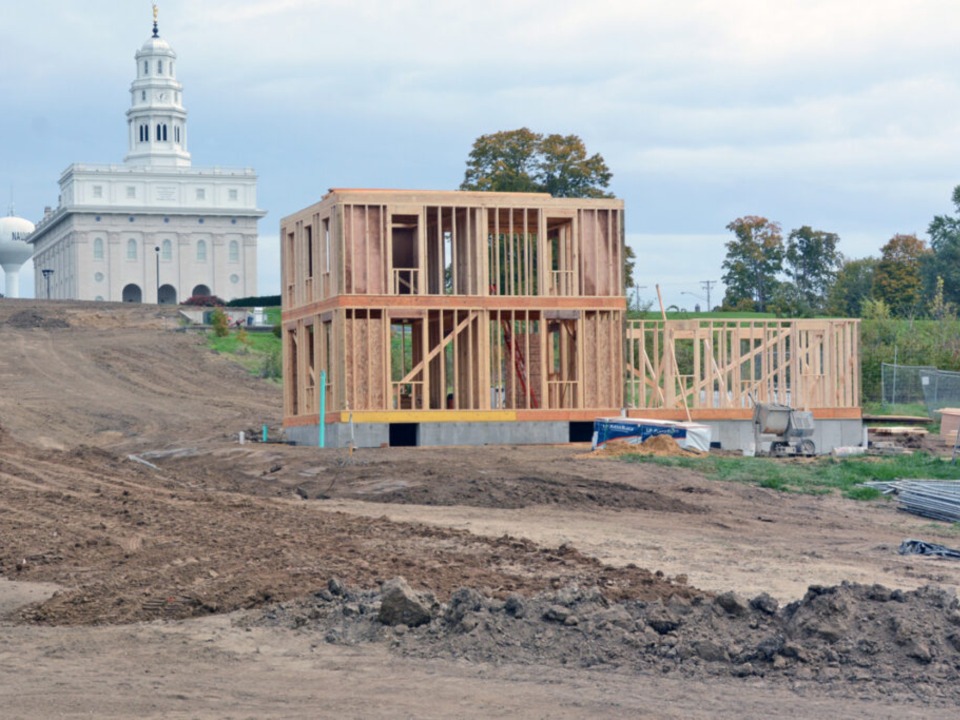
In 1990, the Church News reported that about 1,000 acres had been acquired and 17 buildings had been restored or reconstructed, including Carthage Jail complex in Carthage, Illinois. In Nauvoo, the cobbler, tinsmith, print shop and others had recently been completed.
Recent plans include a 25-year, three-phase project. The Temple District of Nauvoo, dedicated earlier this year, is in the first phase.
In addition, the visitors’ center was renovated during the pandemic and includes a cutaway model of the Nauvoo Illinois Temple and information about the history of the Saints in the area.
To take a virtual tour or see 360-degree photos of several of Nauvoo’s historic buildings, see nauvoohistoricsites.org/buildings.
More information about historic Nauvoo and sources for this article include the following:
- “Organizing the Church in Nauvoo” in “Revelations in Context”
- “Departure from Nauvoo” under “Church History Topics” on ChurchofJesusChrist.org
- “Let the Work of My Temple Not Cease,” Ensign, April 2010
- Doctrine and Covenants 125-128 in the Doctrine and Covenants Student Manual
- “The Original Book of Mormon Manuscript: From Analog to Digital” on history.ChurchofJesusChrist.org
- “Nauvoo Today: Building Again the City Beautiful,” Ensign, March 1980
- “Letters on Baptism for the Dead” in “Revelations in Context”
- “Nauvoo Temple” on history.ChurchofJesusChrist.org
- “The Nauvoo Temple: Destruction and Rebirth” on history.ChurchofJesusChrist.org
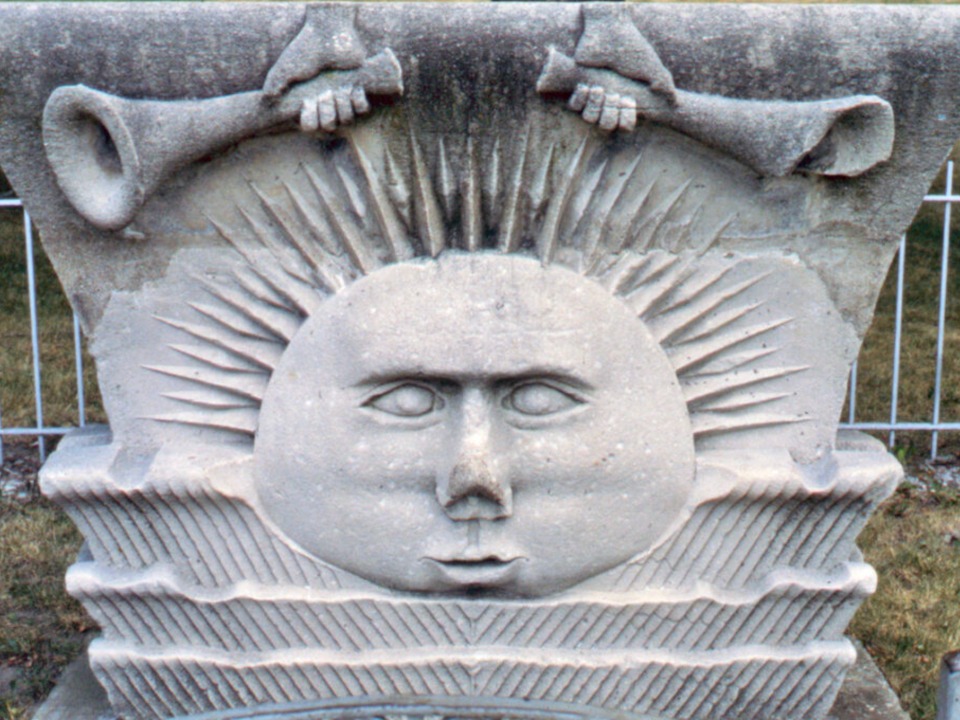
Copyright 2021 Deseret News Publishing Company
